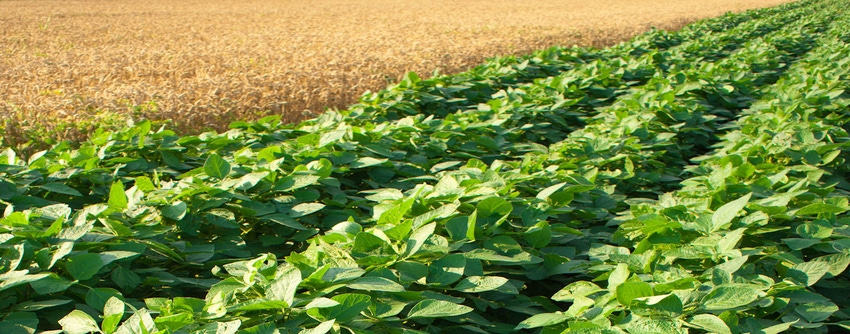
After a steep plunge in farm income, USDA forecasts better times ahead – a least a little. While the agency’s latest 10-year projections show flat prices for corn and only modest gains in wheat and soybeans, overall net income should rebound about 4% annually through 2025.
Most of the gains would come on the crop side of the farm income statement, with livestock only recovering at the end of the 10-year period. Prices for pork, beef and poultry could continue to falter, with the milk turning higher first.
The report is prepared every year as part of the agency’s budgeting process. Supply and demand tables were released late last year, and estimates for 2016 will be updated next week at the agency’s annual outlook conference.
The report assumes steady world growth after the current slowdown ends, with demand for farm products rising at a slower pace than during the last decade. With production rising faster than world population, people will eat a little better, but not better enough to trigger another boom.
“Together, these trends result in continued declines in the projected prices of agricultural commodities over the short term and the persistence of low prices throughout the projection period,” the report states.
Brazil should continue to pace global expansion in production, with Indonesia and the former Soviet Union also gaining. Russia, Ukraine, and Kazakhstan will increasingly compete with traditional exporting countries on the world markets, according to USDA. “The largest projected increases in planted area are in the regions of South America, Sub-Saharan Africa, the FSU, and Southeast Asia,” USDA predicted.
Chinese imports of coarse grains will continue to decline over the next few years as that country deals with large domestic inventories. Corn imports could double over the decade, but still remain modest at less than 250 million bushels, as sorghum imports dwindle.
China’s appetite for soybeans is forecast to remain strong, growing by around 3.5% a year. But Brazil will capture most of that business, USDA says.
For the complete report, click here.
About the Author(s)
You May Also Like




